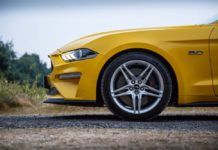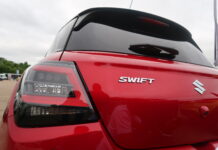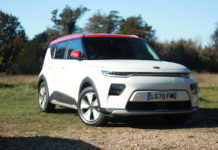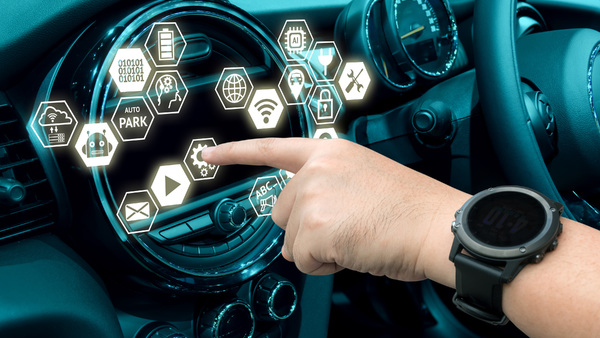In-car technology has been advancing at a rapid pace over the past few years. With consumer interest increasingly shifting towards environmental concerns, driving safety and comfort, automotive manufacturers must adapt in order to keep up. It’s clear that modern in-car technology has been developed with these key elements in mind; here, we explore these new additions and make some predictions for the future of the automotive market with the help of Motorparks, who specialise in prestige used cars:
The future of autonomous technology
Autonomous or self-driving technology has been a hot topic in the industry for a number of years. Most manufacturers now offer self-driving technology as part of their latest models – with most used to improve road safety.
Lane departure warning systems
These clever systems help drivers to stay within the correct lane when driving on the motorway. When motorway driving, it’s vital that you stay firmly in your lane, unless you are overtaking. This system alerts you with a vibration on the steering wheel if your vehicle is unintentionally edging out of its lane – and in circumstances when the vehicle thinks you are reacting too slow, the vehicle will take control and provide steering torque to divert you back into the safe space on your lane. This is a safety feature to prevent drivers from veering out of their lane on motorways and dual carriageways where drivers around them are driving at high speeds.
Weather adapting technology
Jaguar Land Rover recently announced that all of their new vehicles will be equipped with weather adaptation systems. The intelligent system will be particularly useful to Land Rover and Range Rover models, such as the new Land Rover Discovery Sport Hse, that drives on all terrains. The system allows cars to autonomously adapt to weather changes and situations to make adjustments to drivetrain, suspension, traction control and climate control for optimum efficient driving. The system is said to be able to connect to present and future weather data via telematics and GPS to sensibly adapt both inside the cabin and around the exterior.
Onboard rain- and terrain-sensing mechanisms will be used to control the temperature, pressure and humidity inside the cabin, whilst interior and exterior lighting will be altered depending on the circumstances. We can expect to see this technology by 2020, alongside JLR’s autonomous technology and electrified models.
Intelligent speed assist (ISA)
ISA is a remarkable safety feature which notifies drivers when they have exceeded the speed limit. By using GPS, the system is able to detect the vehicle location and reference this with a digital road map that is programmed with speed limit information for each road. The system can be used as an active speed limiter whereby it can take control of the vehicle and reduce the speed when travelling above the speed limit. It does this by reducing the throttle signal. Additionally, the system is also fitted with a speed limiting function that increases the pressure on the accelerator when you exceed the speed limit, so that it is harder to accelerate and break the speed limit.
Blind spot information system (BLIS)
These systems allow drivers to change lanes with ease, by notifying them when there is another vehicle occupying their blind spot. The detection area is on both sides of your vehicle, extending rearward from the exterior mirrors to approximately 10 feet (3 meters) beyond the bumper. The system alerts you via a small light on your side wing mirrors – when there is a vehicle in your blind spot zone, the light will illuminate. When your blind spot zone is clear, the light will switch off.
Eco driving
As consumers become increasingly eco-conscious, manufacturers have been looking into improving the efficiency of their vehicles. The new Nissan Leaf is fitted with a one-pedal driving system. The electric automobile not only has double the mileage range of its previous model equivalents, but the one-pedal driving system allows for the accelerator pedal to be transformed into a multi-functioning e-pedal at a touch. The e-pedal functions as a start, stop, accelerate and breaking pedal when activated. Suitable for 90% of urban driving, the system means that the car will slow to a halt by itself with the ability to hold itself on an incline without the need of the brake pedal.
Nicknamed the ECO-pedal system, the pedal controls the speed of acceleration to prevent revving up the engine. The level of fuel-efficient driving is displayed through a colour and flashing Eco-P lamp. According to Nissan, studies have proven that effective eco-driving with the ECO-pedal can contribute to an improved fuel efficiency by 5-10%.














